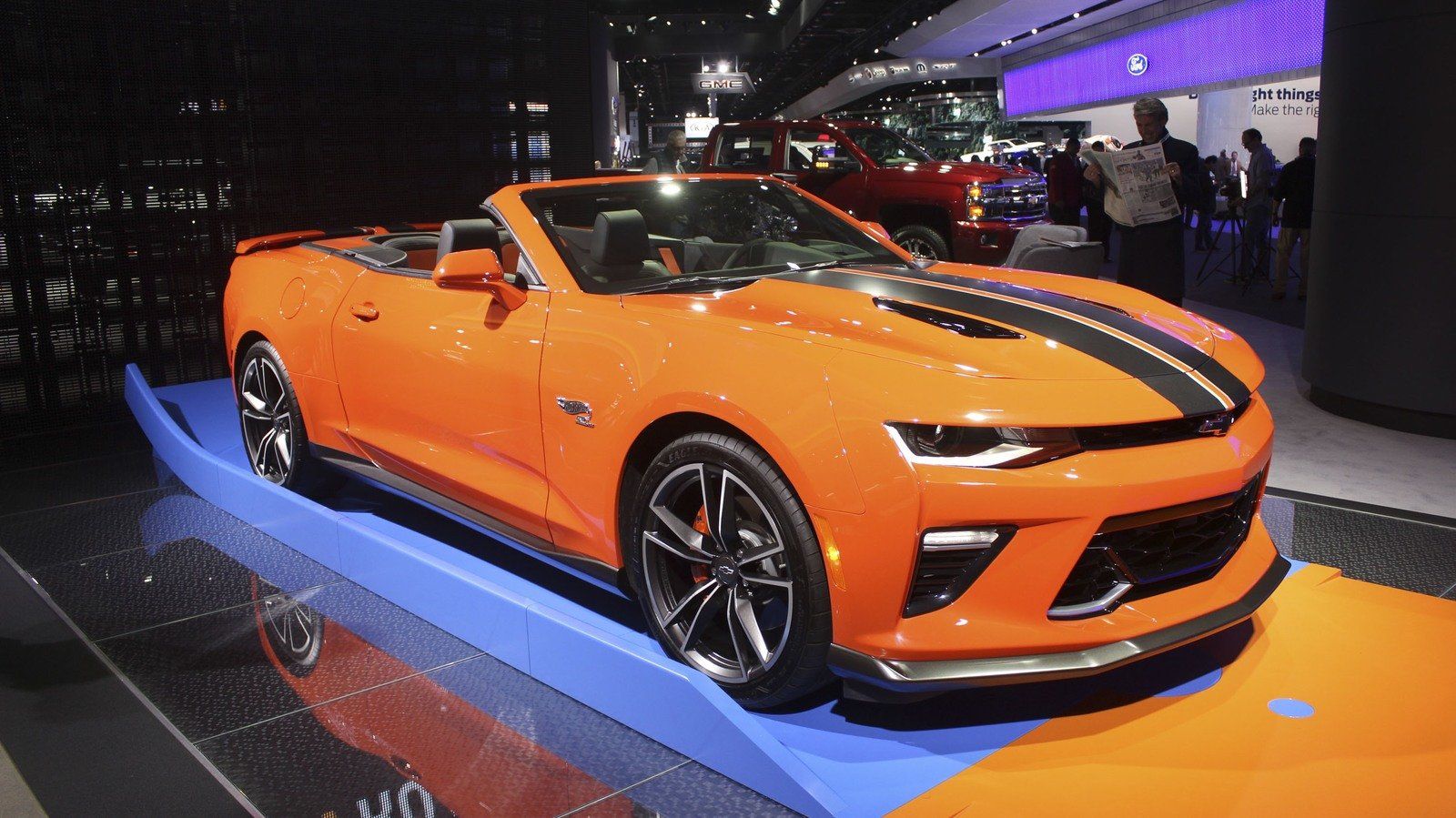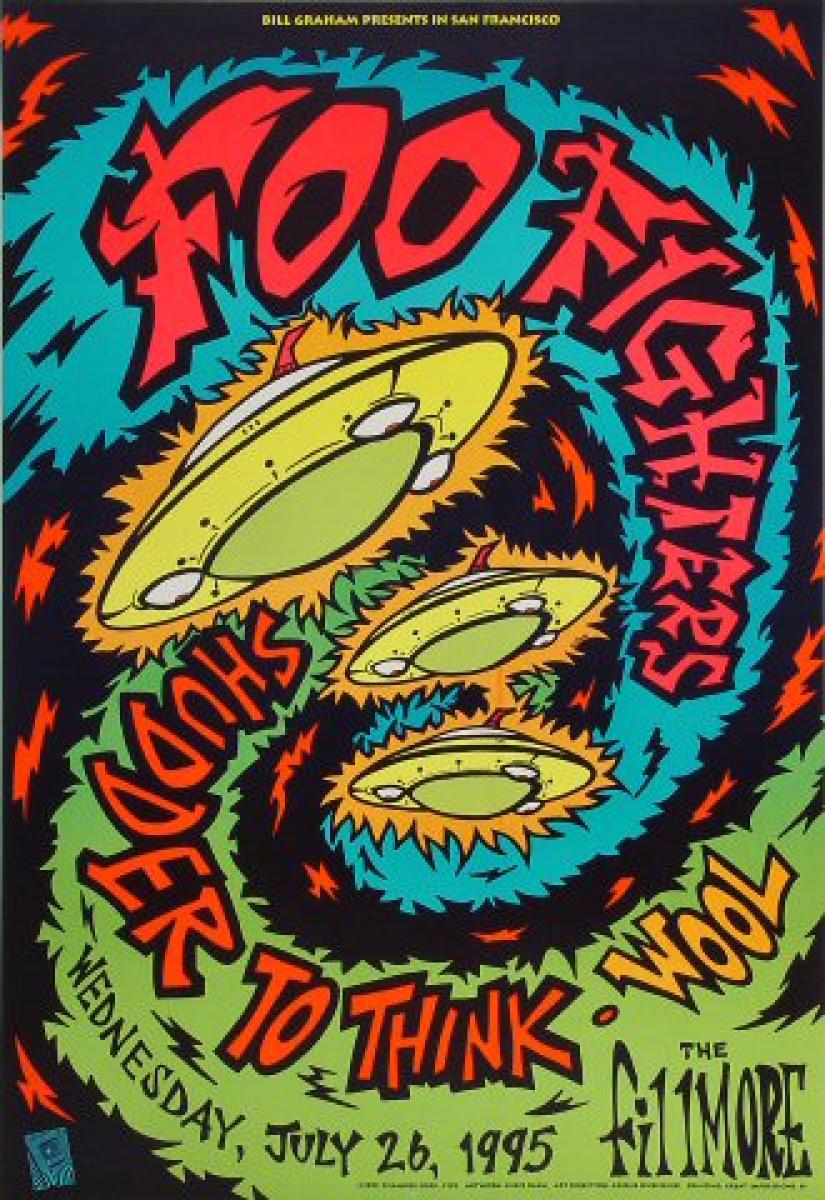1st Playing Cards
These are the 1st Playing cards V2. Available in a limited quantity only and never to be reprinted. These Playing Cards are made with the highest quality stock by the United States Playing Card Company. Crushed and Air Cushioned finish. 1st Playing Cards are the first of its kind. “1st” representing my very first solo venture in to the playing card industry but also representing the first comments I get on various platforms from supporters around the world. It’s representative of what I’ve grown in to, what I love and how I see the community that I live in. Playing Cards Birthday Chart. Playing Cards And Birthdays. Today’s playing cards are so commonplace that it may seem to be a stretch that they have meaning beyond their role in game-playing. However, playing cards are based on an ancient system similar to the Tarot. Each birthday of the year is associated with a main playing card, the Birth. Although the first playing cards to arrive in England were Latin suited, by the 1590’s the most common cards in circulation were those of French origin. It was the Europeans who began to give the Court cards their faces, and as they did so their characters turned to more familiar titles like “King”, “Chevalier” and “Valet”.
When were numbers and letters put on playing cards?
Bill Calloway


Wilmington, Delaware
1st Playing Cards V2
I contacted an old friend, Dr. Lafitte, an expert on the history of cards and gambling, and this is what he had to say: “To begin with, the ‘letters and numbers’ are called indexes, and in the brief history of indexes, there were two basic sizes. The first size was fairly small; all a person had to do was to barely fan the cards to see the indexes. Because one only needed to give the cards a slight squeeze to see the index, they were nicknamed ‘squeezers.’ They were a novelty at first, but their popularity increased by the early 1870s. One of the early popular squeezers was a deck called either the ‘Lone Star’ or ‘Texas Lone Star’ deck because of a large star on the back of the cards (circa 1870-75). How small was the index? Just look at the index of today’s playing card—look just at the number, not the suit symbol—now visualize a complete index slightly smaller than that.
“The second size is the one we are familiar with today. A number of playing card companies claim to have created it. I have a Grover Cleveland Presidential Deck (1888, if I’m not mistaken), and that has an index almost the size of a modern-day index. It wasn’t until the turn of the 20th century that today’s indexes became popular.”
Related Posts

1st Playing Cards V2
If you want to see history as it was more than a century ago, Deadwood,…
If you want to see history as it was more than a century ago, Deadwood,…
A strange card game decided the fate of six Apache warriors, captured by U.S. troops…